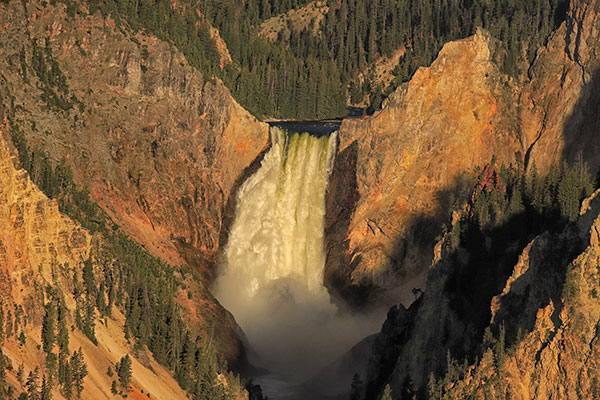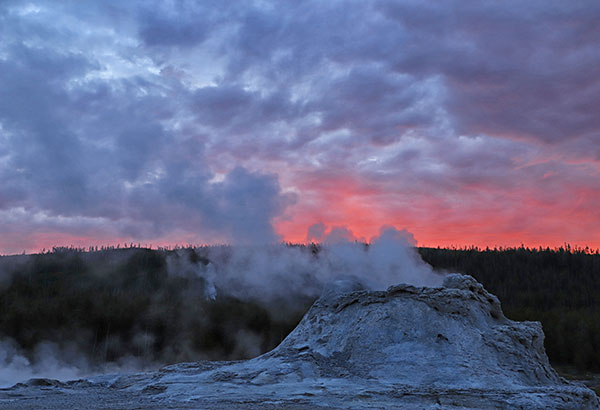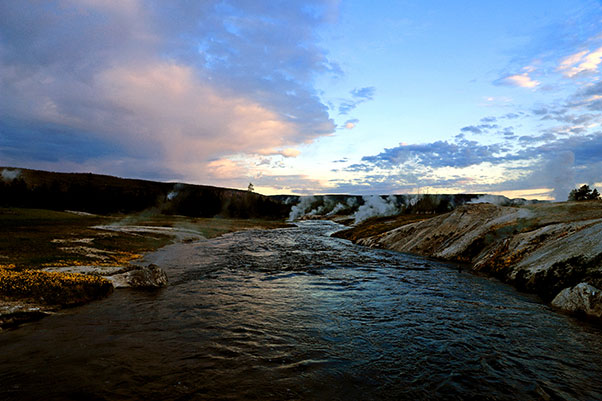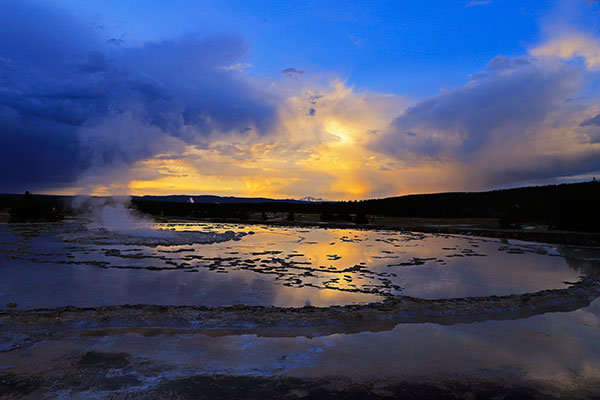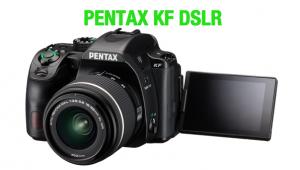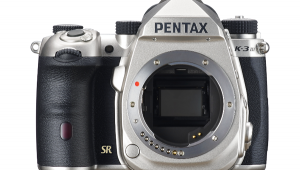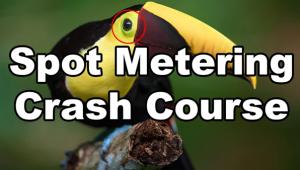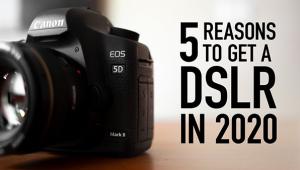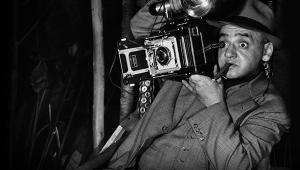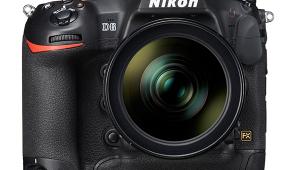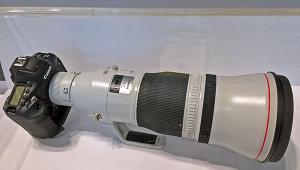Canon Intros 6D Mark II DSLR; We Test It Out in Yellowstone (Hands-On Preview & Test Images)
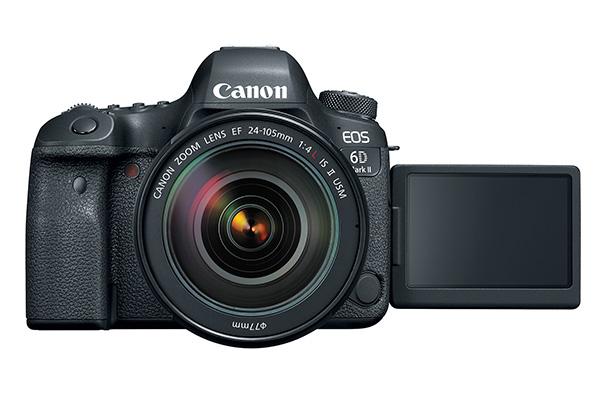
Canon just unveiled the 6D Mark II, a relatively compact and lightweight DSLR fitted with a 26.2-megapixel, full frame CMOS sensor. The Canon EOS 6D Mark II, as the name suggests, is the long-awaited follow-up to the popular 6D, which was announced in 2012.
Shutterbug was one of a handful of media outlets to get our hands on an early version of the Canon 6D Mark II and tested it out during a recent press trip to Yellowstone National Park. Scroll further down in this story to read our hands-on impressions of the 6D II and to see full-resolution test images we shot with the camera.
Five years is a rather long time between camera models in this digital day and age, so one would think Canon might significantly overhaul this full frame, photo enthusiast-focused DSLR with the “Mark II” version. On face value, that doesn’t seem to be the case with the Canon 6D II. There are some changes and improvements to the new camera – including a new 3-inch flip-out touchscreen on the 6D II – but nothing dramatic.
For instance, the Canon 6D Mark II still shoots 1080p HD video, not 4K, as some had hoped. (Though the 6D II does add a 4K Time Lapse feature.) The Canon 6D II, like its predecessor, also only offers a single SD/SDHC/SDXC card slot for storage media.
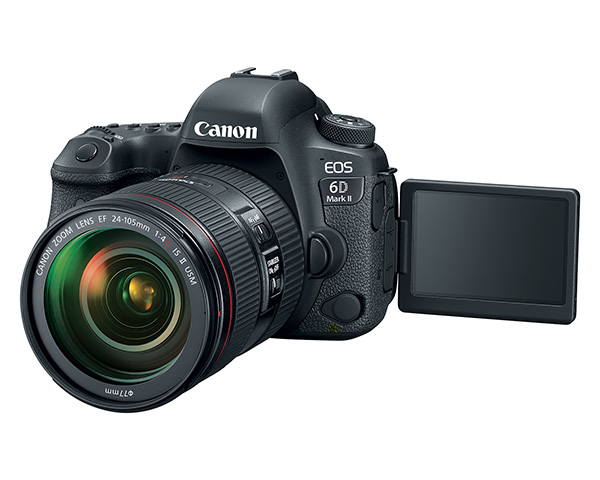
Here’s a rundown of the major specifications of the Canon EOS 6D Mark II with notes on where it has changed from the original 6D.
Canon 6D Mark II Specifications
• 26.2MP, full frame CMOS sensor (20.2MP: 6D)
• 3-inch, 1040K-dot, vari-angle, touchscreen (fixed, standard screen: 6D)
• Digic 7 image processor (Digic 5+: 6D)
• 100-40000 standard ISO (100-25600: 6D)
• 45-point, all-cross-type autofocus (11-point, 1-cross-type: 6D)
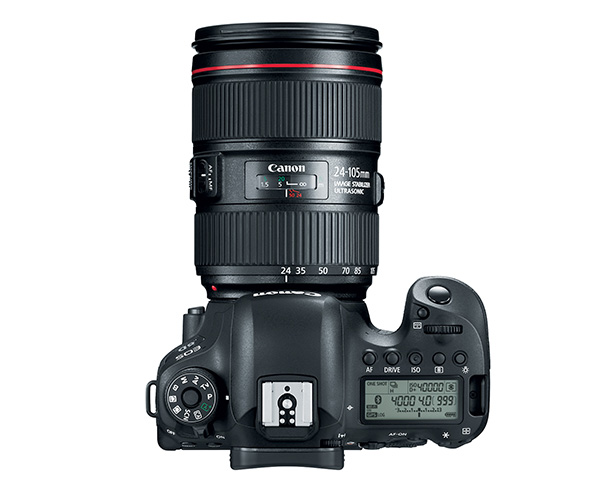
• 6.5 frames per second continuous shooting (4.5 fps: 6D)
• Dual Pixel CMOS AF for Live view & video (Contrast AF: 6D)
• 1080p HD video at 60p (1080p HD at 30p: 6D)
• 7500-area, RGB+IR metering sensor (63-area: 6D)
• Built-in stereo microphone (Mono: 6D)
• One SD/SDHC/SDXC card slot (same as 6D)
• WiFi/Bluetooth/NFC (WiFi: 6D)
• Dust and water-resistant camera body (similar to 6D)
• 144 x 110.5 x 74.8mm dimensions (144 x 110.5 x 71.2mm dimensions: 6D)
• Weight: 26.98 ounces with battery and card (approximately same as 6D)
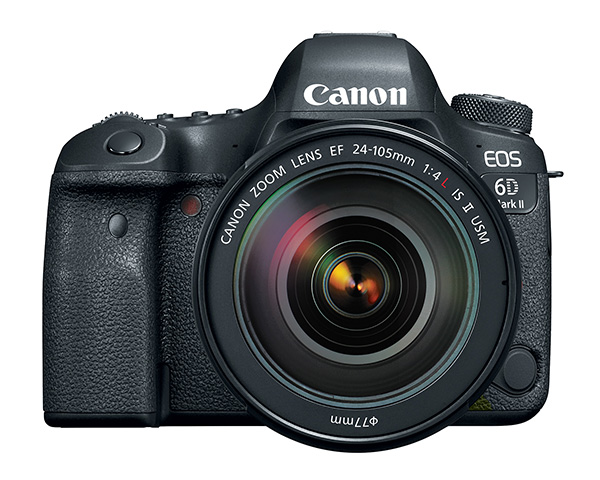
The Canon EOS 6D Mark II DSLR camera will go on sale in late July 2017 for $1,999 (body only); for $3,0999 as a kit with the Canon EF 24-105mm f/4L IS USM II lens; and for $2,599 as a kit with the Canon EF 24-105mm f/3.5-5.6 STM lens.
Hands-On Impressions of the Canon 6D Mark II
As mentioned at the start of this story, I got my hands on an early “beta” sample model of the new Canon 6D Mark II and shot with it during a recent press trip to Yellowstone National Park. See a couple of my "hands-on" images with the 6D Mark II (badging disguised) in the nexrt few sections.
Nine of the images I shot with the beta Canon 6D Mark II (essentially a pre-production version of the DSLR that’s close to final) are embedded below. Click on each web image to open up full resolution versions of my test shots. While I captured images in the 6D Mark II’s Raw format, I was only permitted by Canon to upload JPEGs at this point.

As for the look and feel of the new Canon 6D Mark II, it’s remarkably similar to its five-year-old predecessor. The one major difference being, of course, that the 6D II features a 3-inch, 1040K-dot, vari-angle, touchscreen. (The Canon 6D has a fixed, standard LCD screen on back.) As a photographer, I’ve found a flip-out, rotating screen like the one on the 6D II to be essential to creative picture-making these days.
During our shooting expeditions in Yellowstone, I was able to turn out the Canon 6D II’s vari-angle screen, switch it to Live View and capture interesting angles on nature and wildlife. Truth be told, however, this is a bit less essential to the sort of landscape photography I was doing. In fact, when shooting on a tripod to capture landscape shots at dawn or sunset, you might not use the 6D II’s vari-angle screen at all. But it’s there though if you need it.
While it performed ably during my Yellowstone shoot (the proof is in the images below which were captured in a range of often tricky lighting conditions), the Canon 6D II is not just designed for landscape or outdoor photography. It’s a small and lightweight, full frame DSLR suited for a variety of shooting scenarios including travel and street photography where the vari-angle screen will come in handy.
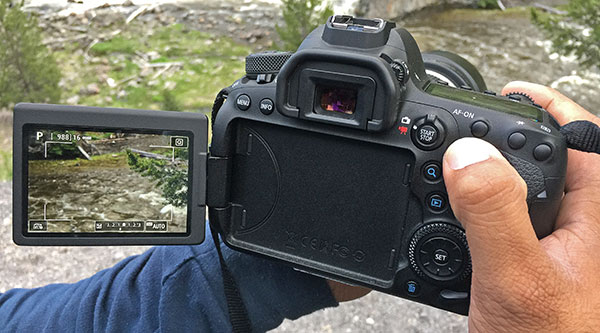
Also, with the 6D II’s new 6.5 frames per second continuous shooting mode (the original 6D could only shoot at 4.5fps) and its 45-point, all-cross-type autofocus system (the 6D had a slower 11-point, 1-cross-type AF system), Canon’s newest full-frame DSLR can also handle basic sports and action photography. And for those still put off by the electronic viewfinders (EVF) on comparable mirrorlesss cameras, this DSLR has a good, old-fashioned optical viewfinder, which I still find preferable even to the best EVFs. (What you see is, usually, what you get with an optical viewfinder.)
Where the Canon 6D II contrasts with higher-end (and more expensive) pro-level DSLRs is that its camera body is not as nearly robust. Though it is rated as being “dust and water-resistant” I would hesitate to bring the somewhat plastic-feeling 6D II into any significant rainy, snowy or sub-zero shooting conditions. For a fast shooting, 26.2MP full frame DSLR that’s loaded with advanced features and retails for just under two grand though, the Canon 6D Mark II is certainty worth considering for any photo enthusiast.
Check out my sample images captured with the new Canon 6D Mark II below and look for our full review of this small and light but powerful full frame DSLR in the near future. Images were shot using the 6D Mark II paired with the Canon EF 24-105mm f/4L IS USM II or the EF 70-200mm f/4L IS USM lens.
(Click image to view at a larger resolution.) Shot at ISO 100, f/8, 1/100 sec, 70mm ©Dan Havlik
